
Buffalo's Incredible Historic Train Station
Buffalo’s Central Terminal was an active train station from 1929-1979. The structure was built in Art Deco style, designed by architects Fellheimer & Wagner for the New York Central Railroad. The main building stands 15 stories (271 feet) tall. The station had sat abandoned and almost forgotten for years, but with the incredible work of an amazing preservation group, new life has been brought back through this incredible piece of Buffalo history. Most of the photos shown below show the derelict, decaying areas of the former station. I will update this piece later with photos from inside the area undergoing renovation.
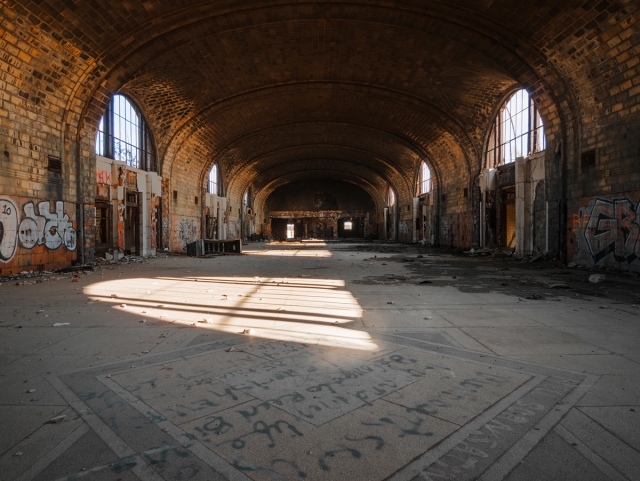
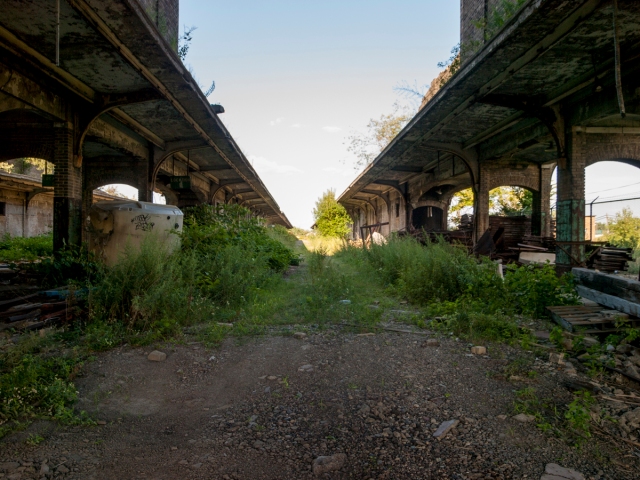
Construction of the station took place from 1925-1929. By the late 19th century, the city of Buffalo was home to several railroad stations, but people desperately wanted a single union station to be constructed. Plans were made in 1889 to place a union station on an area of land, but plans for the station were never carried out. That empty spot of land would later become the site for the Central Terminal.
The decision for the Central Terminal was made due to the rise in traffic congestion downtown, heavily filtering into the old Terrace Station, and older Exchange Street Station. The Exchange Street Station dated prior to the American Civil War.
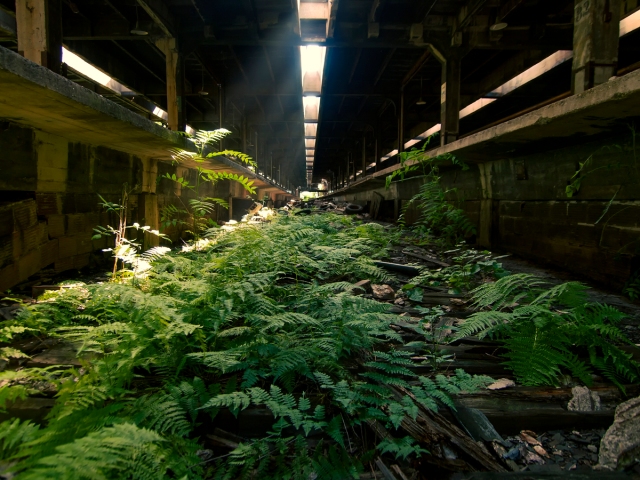
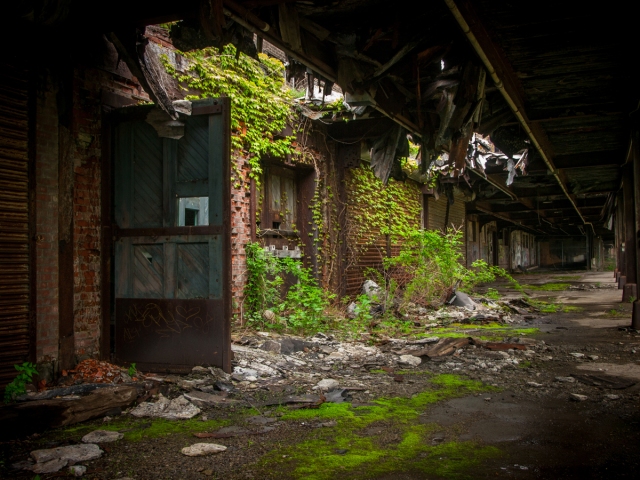
The New York Central Railroad made the decision to build the Buffalo Central Terminal 2.5 miles to the east, helping to ease traffic congestion for both rail and grade crossings. At the time, Buffalo was a prosperous city, growing quickly to what they envisioned to be a massive metropolis, estimated to soon reach a population of 1.5 million people. Planning for the station was well underway by the year of 1924, and by 1925, decisions were finalized to begin construction of the terminal, with site preparations taking place in 1926.

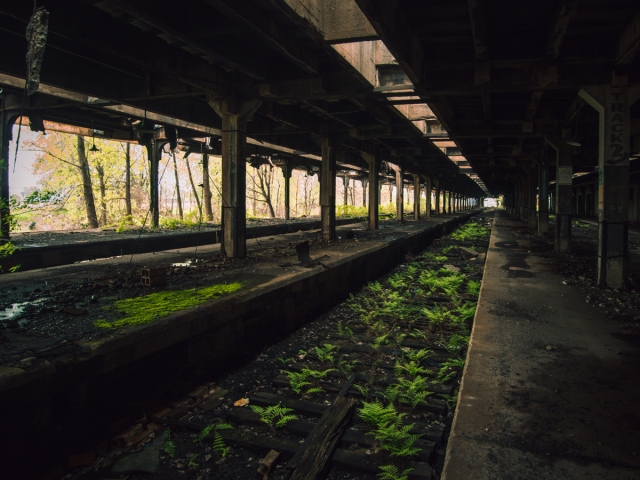

Things seemed to be going well for the city. Steel and grain mills were at their peak, and with hydroelectric power harnessed from Niagara Falls, Buffalo became the first American city to have widespread electric lighting. This earned Buffalo the nickname, the “City of Light.” Thank you Nikola Tesla.

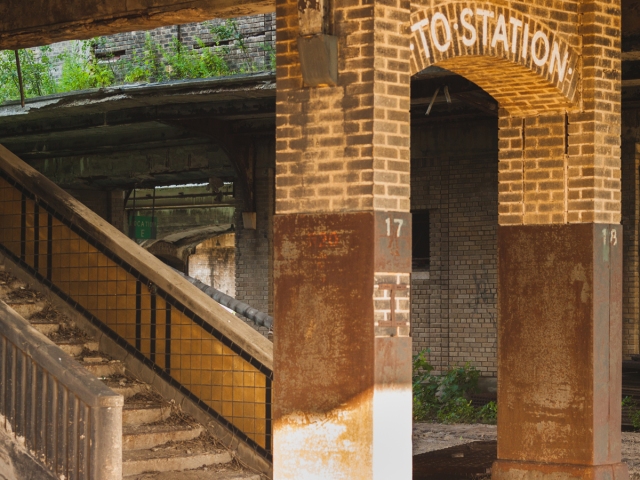
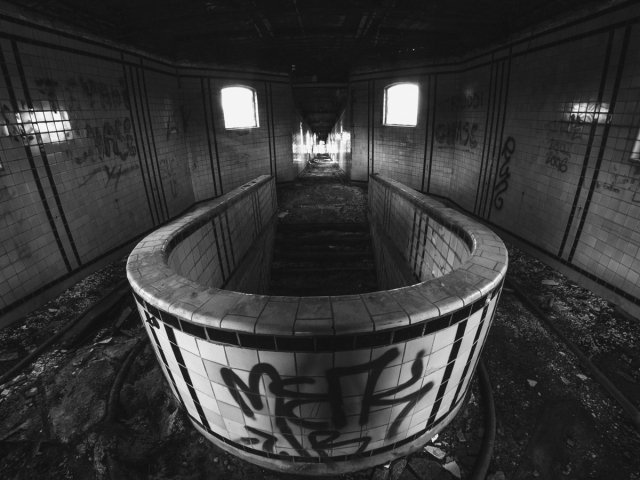
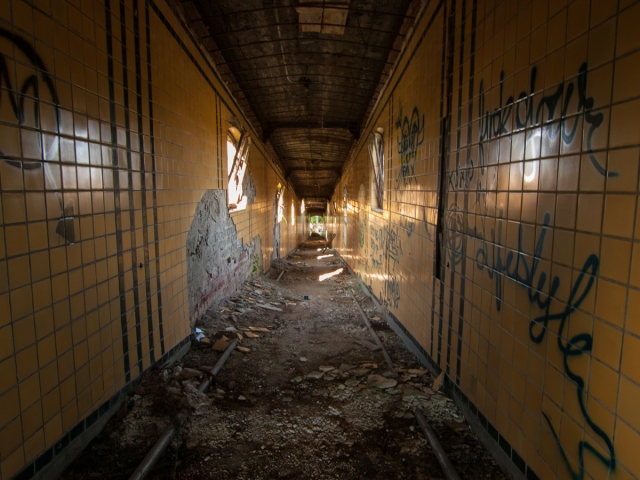
Patrick Crowley – the president of the New York Central Railroad – had hired Alfred T. Fellheimer and Steward Wagner to build the station in 1927. Construction of the station was right around $14 million. The station was completed in 1929, and a grand opening celebration was held on June 22, 1929. On it’s opening day, 2,200 guests graced the halls of the beautiful new structure to the city. Notable speakers at the event included Henry Thornton (president of Canadian National Railways), and Frank X. Scwhab (Buffalo’s mayor at the time.)

The celebration ended at 3:30pm that day, and the station was officially opened. Scheduled service did not begin until the following day.
The station would come to see over 200 trains daily. Unfortunately, with the great depression beginning less than a year after its construction, passenger levels would drop greatly as automobile use rose. This led to much of the terminal’s space being unnecessary for most of the remainder of it’s time in use. World War II however, brought a burst of activity during it’s time.
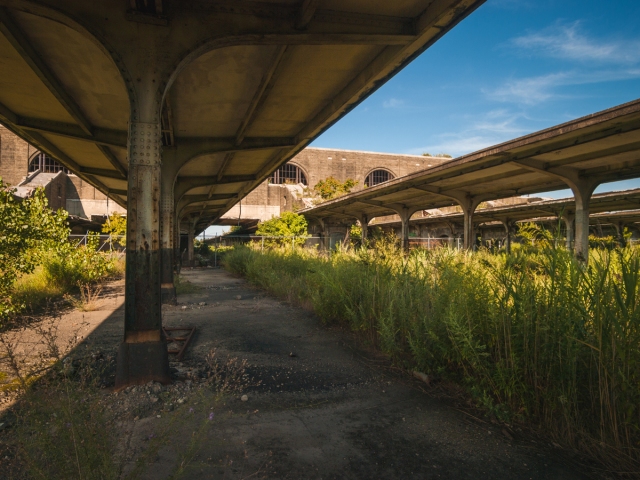

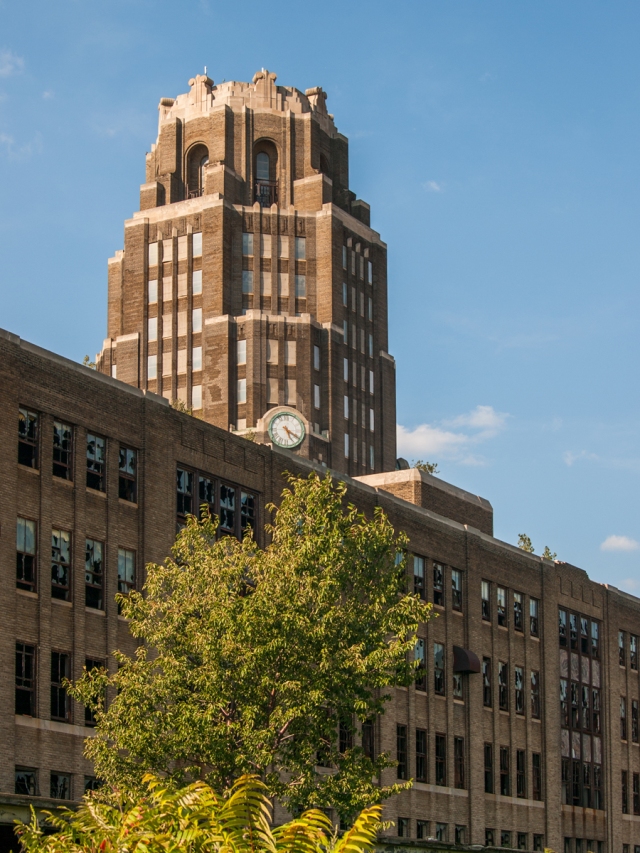
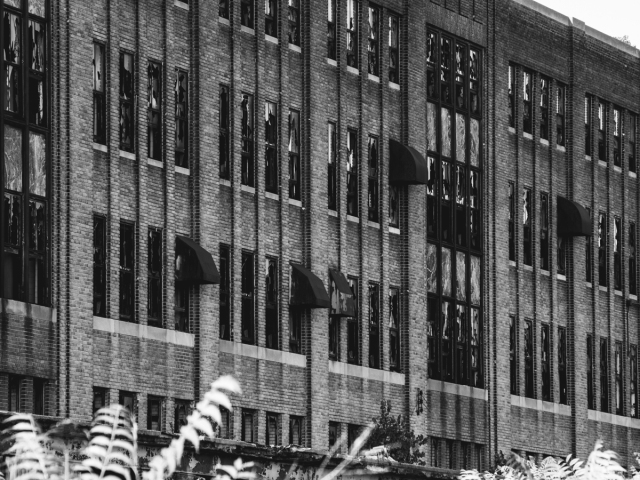
Some notable trains would make daily calls at the station, such as the Wolverine, Interstate Express, the Ohio State Limited, the Lake Shore Limited, the 20th Century Limited, the New England States, the Boston Express, the Empire State Express, the Midnight Special, the Royal Palm, and many others.
After World War II, activity again steadily decreased. The terminal was put up for sale in 1956 for only $1 million, which was much lower than the initial building cost. A company called Buffprop Enterprises negotiated a 25-year lease of the station in 1959, but that lease was broken the following year. By 1961, transportation to Niagara Falls, New York was stopped at the terminal.
Passenger activity continued to decrease heavily, and by 1966, a decrease in revenue led to the demolition of parts of the terminal complex in order to save on taxes. This included the demolition of the Pullman service building, coach shop and ice house.



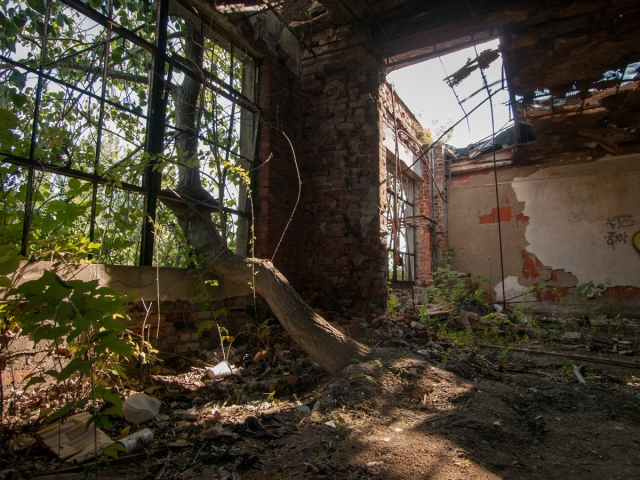
The New York Central Railroad merged into Penn Central Transportation in 1968. Penn Central continued to operate the terminal until 1971, when the creation of Amtrak came about. With Amtrak taking over most passenger traffic, Penn Central was forced into eventually filing for bankruptcy. Conrail took over Penn Central in April of 1976.
Operations at Central Terminal continued, while still steadily declining until 1979, when the final train departed from the platform. This final train was the westbound Lake Shore Limited, taking off at 4:10 am on October 28, 1979.
The building was sold once again in 1979, for only $75,000 to Buffalo builder Anthony T. Fedele. Fedele had an initial plan for a 150-room hotel, which would have been called the Central Terminal Plaza. The hotel would have included offices and restaurants as well. Unfortunately, Fedele could not find any interested investors for this project, but continued to live in the building, creating his own apartment on the second floor of the tower.
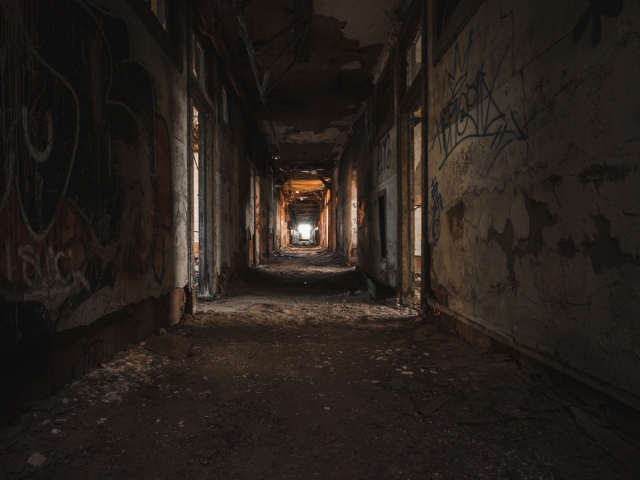

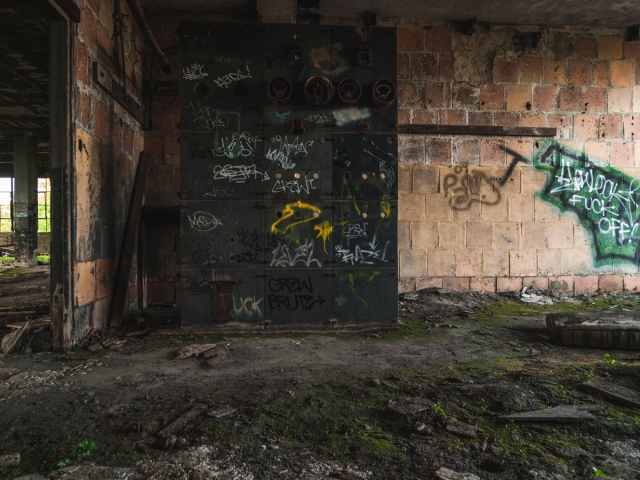
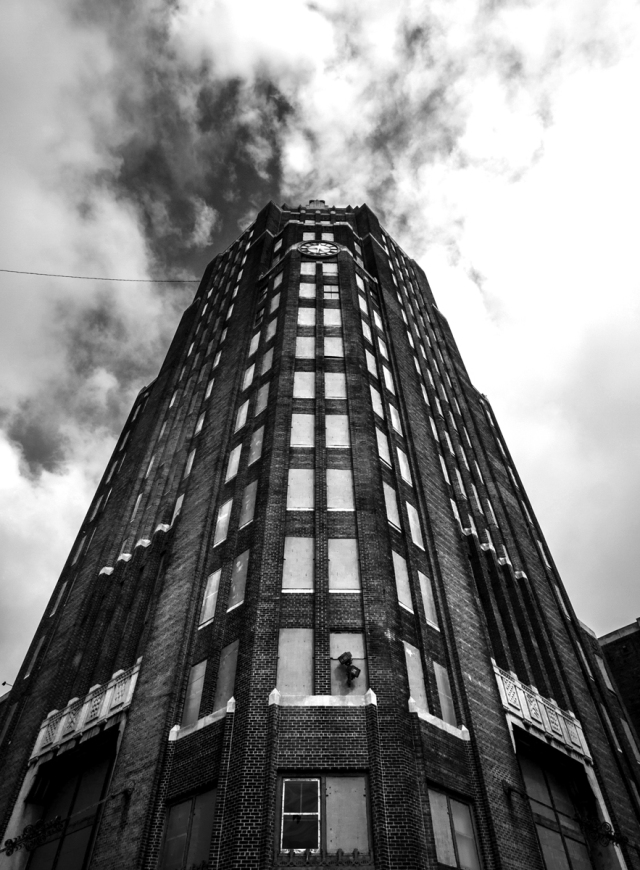
Other businesses did remain with offices in the terminal, including Conrail, until they finally closed their general offices in 1980. The Conrail Dispatching Department was the final business to leave the terminal in 1984, leaving it completely vacant. Any bit of remaining service to tracks in or out of the terminal were shut down in 1985.
The building was placed on the National Register of Historic Places on August 3, 1984. Fedele continued ownership, with an agreement between him and the IRS to settle a debt by paying $10,200 toward the $142,128 due. He agreed to then pay $2,000 a month, until the debt was paid in full. Fedele owned the building through 1986. During this year, Fedele defaulted on his taxes and US Bankruptcy Court Judge John W. Creahan ordered a foreclosure sale of the property. The highest bidder – and only bidder – at the auction was Thomas Telesco, who then took ownership of the building for $100,000. Over a short period of time, Telesco had sold off architectural artifacts, among other items from the building, before it was acquired by Bernie Tuchman and his uncle, Samuel Tuchman.
Upon undergoing this extensive artifact removal, the structural integrity of this beautiful structure began to struggle, and the building would continue to fall apart over time. During a previous removal of ceiling lights, a truck had backed into the famous plaster bison statue in the concourse, completely destroying it. Iron railings, signs, lights and mailboxes were all removed over this time. Over time, the building sat unsecured and host to vandalism, arson, and natural elements. It has been said that the only thing that saved the building was the fact that it would have been far too expensive to demolish it, estimating costs of $12 million and upwards. Thankfully, nobody wanted to put up these funds for demolition, and we can still admire the structure’s architectural beauty today. Places like this are such an important part of our history, and should be preserved properly.
The building was sold again in August 1997 for just $1, and $70,000 in back taxes to Scott Field of the Preservation Coalition of Erie County. In following years, the Central Terminal Restoration Corporation (CTRC) was formed, and owns the concourse, tower and baggage building to this day.


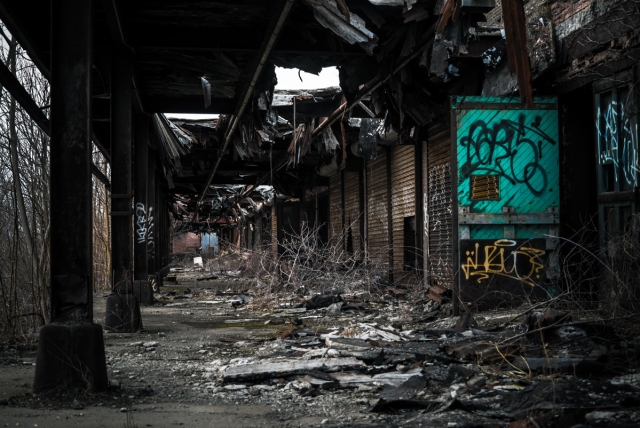
the CTRC is a non-profit, volunteer organization with the very important, and incredible goal of preserving the Central Terminal, promoting it as a practical redevelopment opportunity for the City of Buffalo. Clocks on the 10th floor of the tower were re-lit on October 1, 1999. During that same year, a state grant of $1 million was given to CTRC to begin the process of sealing and protecting the complex. Top floors of the building were re-lit on May 11, 2001, and in 2003 progress continued as the building was re-opened for public tours.
The CTRC currently holds forty major fundraising events each year within the terminal. A work and cleanup progresses, new areas of the building are reopened to the public each year.
In October of 2017, the World Monuments Fund selected Central Terminal as part of it’s 2018 World Monument Watch List – one of only two selections from the United States, and one of 25 selections total.
With Buffalo being one of only ten Federally designated high-speed rail corridors in the United States, CTRC hopes that restoration of the terminal can eventually bring rail traffic back to Central Terminal, with reuse as a connector hub. CTRC plans to restore, and prepare the complex as a space for tenancy and other use, they announce in 2009. In 2013, the reuse plan was put into full action, with work continuing to stabilize and fully restore the terminal to a good working order.
The Urban Land Institute – the body responsible for the successful reuse of Buffalo’s Richardson Olmsted Complex – were invited in May of 2017 to study the terminal, as well as the surrounding neighborhood to properly plan proposed uses for the Terminal. A panel of experts congregated to make a concluding presentation on June 30, 2017. The first steps include creation of a development plan for the east side. There were also suggestions for a master plan for the building, which include breaking down minimum costs of repairing and stabilizing all parts of the station. There are plans to utilize the concourse by reopening it to the public year round, offering a restored restaurant to the public, as well as beautifying surrounding green space, eventually creating a park.

In September of 2016, the Exchange Street Amtrak station fell victim to time, and the roof collapsed. This opened the city to the need for a new space to run the Amtrak. There was some discussion of possible use of the Central Terminal, and a public campaign to bring Amtrak back to the terminal was launched in October 2016. Congressman Brian Higgins saying. Unfortunately, with the structure not yet being fully restored, this idea was voted against, and a downtown replacement close to the existing Exchange Street station was built. There are still future plans to add a long discussed NFTA Metro Rail extension to the Central Terminal.
As of the closing of 2017, there is notable progress underway in Central Terminal, as CTRC secured $250,000 in electrical upgrades for the building. In 2018, the project will surely take many turns for the better, as restoration work continues strong.
Very often, I’m asked what gear I use for my photography, videography, etc. Questions ranging from what type of camera/cameras I use, what lenses I use, backpacks, memory cards, even what type of laptop I recommend, or what type of introductory camera I recommend…all that stuff, and more!
Well, of course I love to recommend camera gear or adventure gear that I trust and love, so at the end of each post I create here on my blog, I like to give a bit of a run-down on gear I use almost all the time!
So here it is! My entire (or most of it) list of photography/editing/adventure gear that I use.
The camera used for these photos – https://amzn.to/2FlkuQd
My Camera (Sony a7riii) – https://amzn.to/2AFtzQv
Alternative Camera – https://amzn.to/2VHjR9h
Theta 360 Camera – https://amzn.to/2CaRwzm
Sandisk Memory Cards – https://amzn.to/2SN5sX6
Sony 16-35 4.0 – https://amzn.to/2HgLFhN
Zeiss 55 1.8 – https://amzn.to/2SK4Dys
Zeiss 85 1.8 Batis – https://amzn.to/2SNRQLm
Laowa 12mm 2.8 Zero-D – https://amzn.to/2AESLXD
My Favorite Backpack – https://amzn.to/2RKTi44
Tripod 1 – https://amzn.to/2SKxxON
Tripod 2 – https://amzn.to/2M2gUM6
MSI Laptop (great for editing, & much more) – https://amzn.to/2shGfZn
My e-books – https://amzn.to/2Bumcwo
Hardcover books and prints available at – www.oddworldstudio.com






A beautiful set of photographs and historical accounting. Thank you for the amazing work on this blog, Architectural Afterlife is a marvelous site indeed. Looking forward to exploring your insightful studies 🙂
Beautiful photos. Love the imagery of nature taking the station back.
Reblogged this on Rust Belt Girl and commented:
Rebecca here–happy to highlight the work of Rust Belt photographer Johnny Joo, who captures the remains and the history of historic landmarks–like Buffalo, New York’s Central Terminal, an art-deco jewel of an old train station. I have a soft spot for Buffalo, the Rust Belt city near where my mom was raised and where much of her side still lives. If our winters in Cleveland were tough (and they were), winters in Buffalo were tougher. This seemed to increase not only my relatives’ struggles, there, but their grit to overcome them, along with their infectious wit and humor to laugh through them. Joo’s type of photography is called “Abandonment Photography,” but by recalling these places, he resurrects them, in a way, as he resurrects wonderful memories for me. Certainly, this Buffalo landmark should not be forgotten, and I will follow its story, as the city around it is enjoying a renaissance.
Joo reports, “In October of 2017, the World Monuments Fund selected Central Terminal as part of it’s 2018 World Monument Watch List – one of only two selections from the United States, and one of 25 selections total.”
Updates on the restoration of Buffalo’s art-deco train station can be found here: http://buffalocentralterminal.org/
Are there any architectural landmarks that have been forgotten in your town? Anyone doing the hard work of resurrecting them?